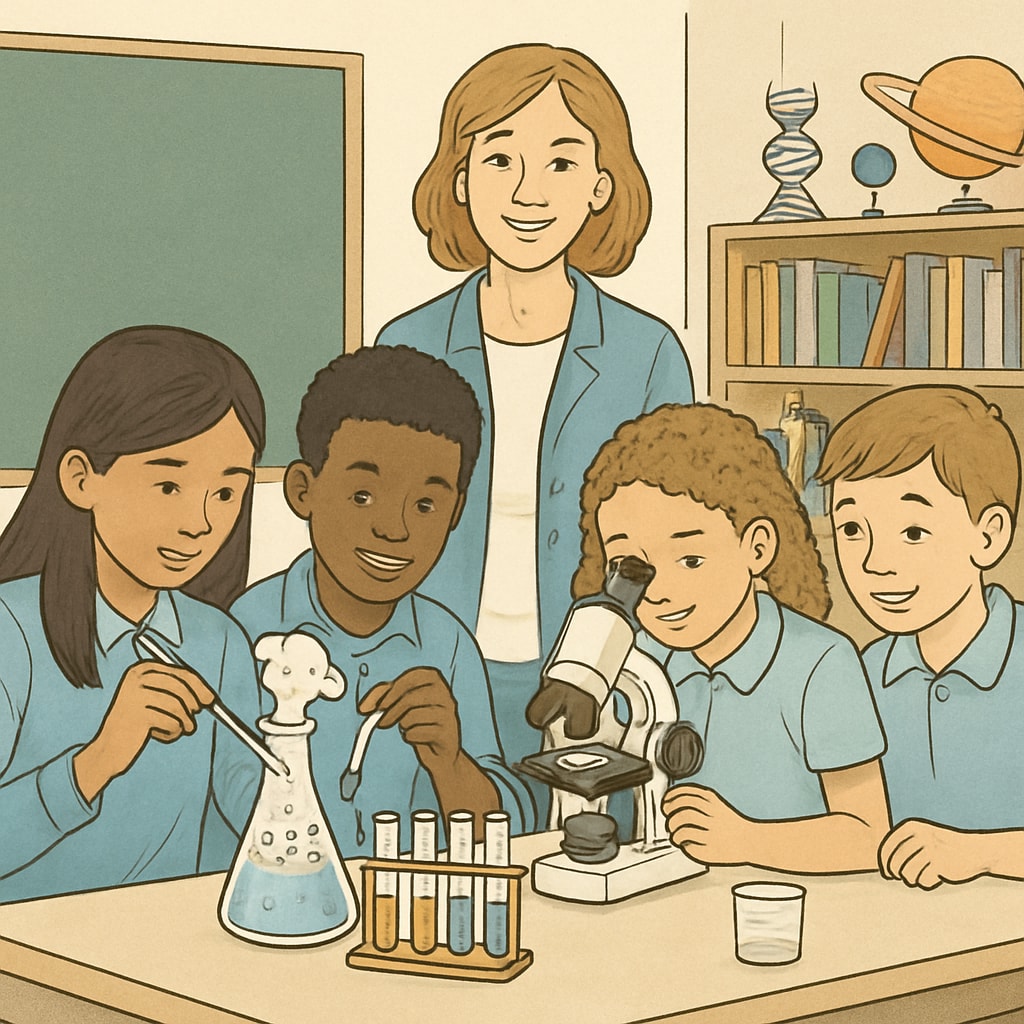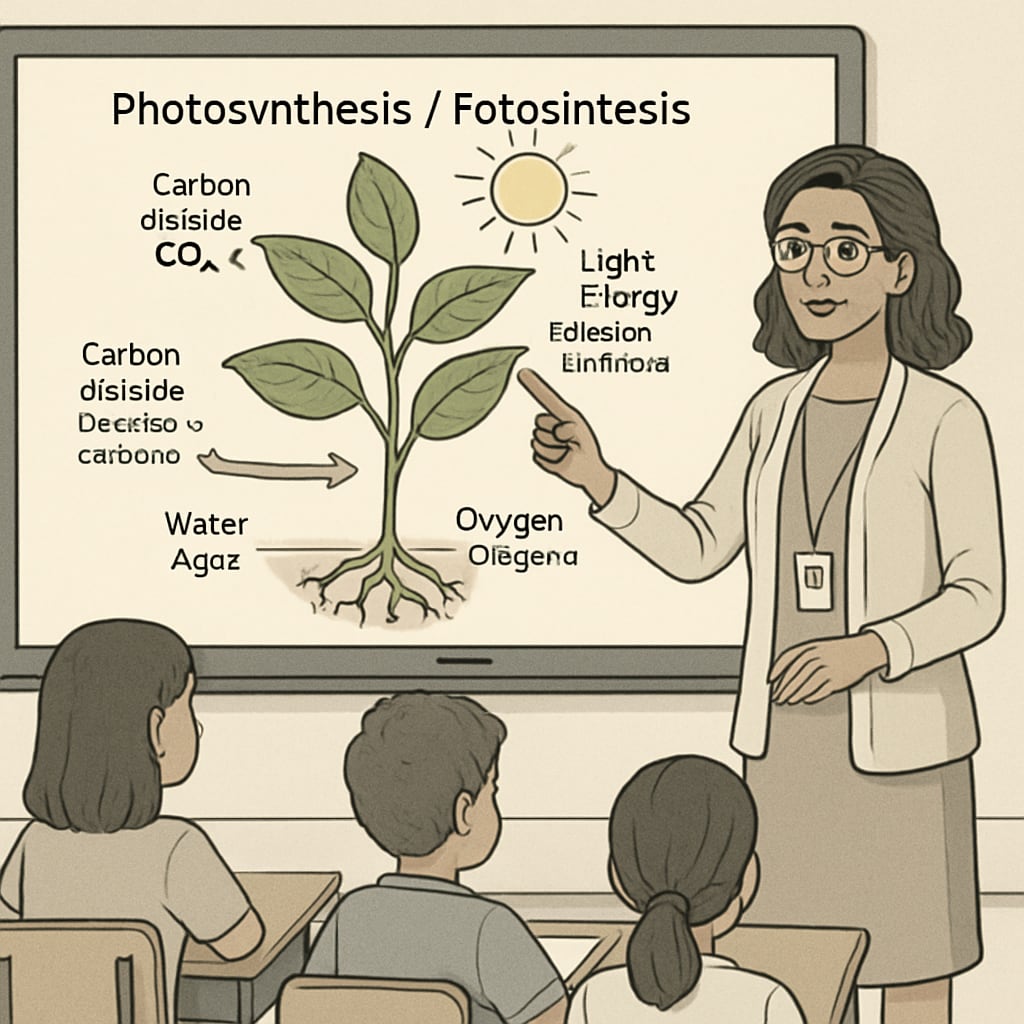In classrooms with a high number of English learners (ELLs), teaching science can be a unique challenge. Language barriers may limit students’ ability to understand complex scientific concepts or engage in discussions. To address these challenges, educators must employ inclusive strategies that foster engagement and ensure all students receive high-quality education. In this article, we will explore practical techniques for overcoming language barriers, creating inclusive environments, and implementing differentiated teaching strategies in science classrooms.
Understanding the Needs of English Language Learners
English learners bring diverse linguistic and cultural backgrounds to the classroom, which can enrich the learning experience. However, they may face obstacles such as limited vocabulary, unfamiliarity with scientific terminology, or difficulty following fast-paced discussions. Recognizing these challenges is the first step toward developing an effective teaching plan.
For example, integrating visuals, hands-on activities, and translated materials can significantly aid understanding. Research from the Wikipedia page on English language learners highlights the importance of scaffolding (providing temporary support structures) to help ELLs grasp complex topics.

Practical Strategies for Inclusive Science Teaching
To create an inclusive science classroom, educators need to combine language support with engaging scientific instruction. Here are some practical strategies:
- Use Visuals and Models: Incorporate charts, graphs, and physical models to visually represent complex ideas. For instance, when explaining chemical bonds, use molecular models to demonstrate interactions.
- Encourage Collaborative Learning: Pair ELLs with peers in group activities to promote peer learning and language practice.
- Provide Language Scaffolds: Use sentence frames, glossaries, and bilingual resources to support academic language development.
- Integrate Technology: Tools like interactive simulations or translation apps can bridge language gaps and make learning more interactive.
These approaches not only make science accessible to ELLs but also enrich the learning experience for all students.
Implementing Differentiated Instruction
Differentiated instruction is key to addressing the varied needs of students. By tailoring lessons to different proficiency levels, educators can ensure that every student progresses at their own pace. Here are some ways to implement differentiation:
- Tiered Assignments: Offer tasks with varying levels of complexity so students can engage at their comfort level while still being challenged.
- Flexible Grouping: Rotate groups based on skill levels, interests, or learning styles to encourage collaboration and targeted support.
- Ongoing Assessments: Use formative assessments to monitor progress and adjust teaching strategies accordingly.
According to Britannica’s article on differentiated instruction, personalized learning not only helps ELLs but also fosters a deeper understanding of content for all students.

Building a Culturally Responsive Classroom
In addition to addressing language barriers, it is essential to create a culturally responsive classroom. This involves acknowledging and integrating students’ cultural backgrounds into the curriculum. For example, discussing scientific achievements from diverse cultures can make lessons more relatable and inclusive.
Furthermore, fostering an environment where ELLs feel valued and supported encourages participation and boosts confidence. Simple actions, such as learning to pronounce students’ names correctly or encouraging them to share cultural perspectives, can have a profound impact.
Ultimately, inclusive and culturally responsive teaching not only improves academic outcomes but also prepares students for a globalized world.
Conclusion: The Path to Inclusive Science Education
Overcoming language barriers in science classrooms requires deliberate effort and thoughtful strategies. By leveraging tools such as visuals, technology, and differentiated instruction, educators can create an inclusive learning environment where all students thrive. While challenges exist, they also present opportunities to innovate and enrich the educational experience. As teachers, fostering inclusivity not only enhances academic achievement but also empowers students to explore the wonders of science, regardless of their language proficiency.
In the words of Carl Sagan, “Science is a way of thinking much more than it is a body of knowledge.” By ensuring that every student has access to this way of thinking, we pave the way for a brighter, more inclusive future.


